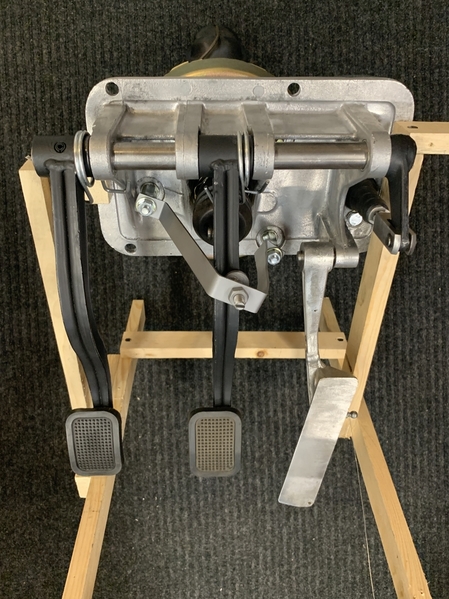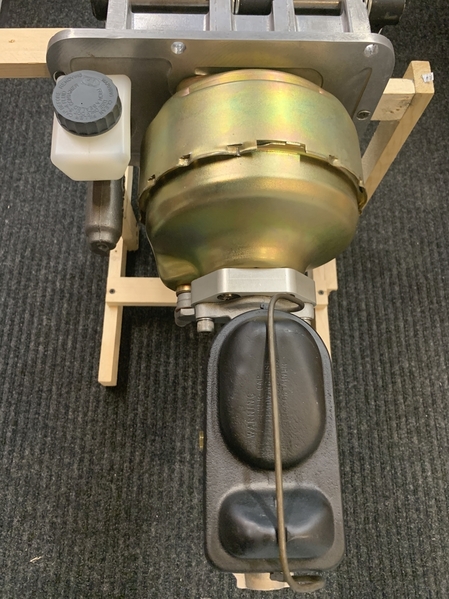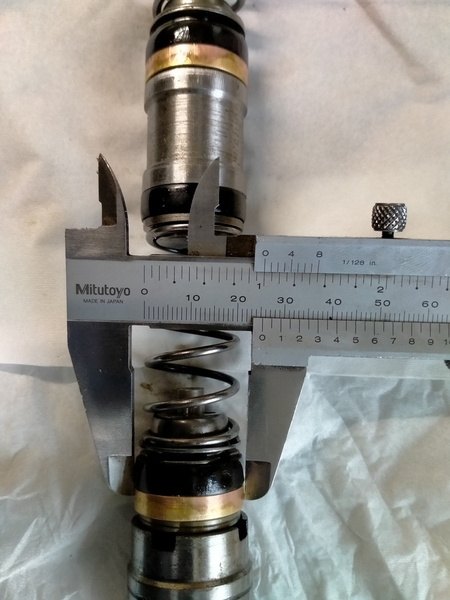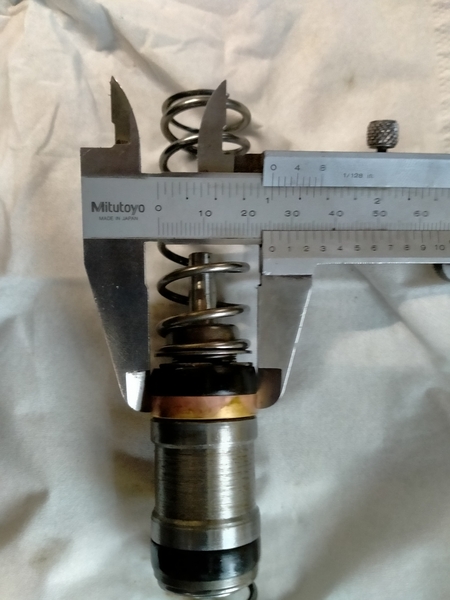The size of the bore effects the effort needed to the pedal.
The Mustang varies, depending on application from 7/8" to 1" in 1/16" increments.
By far the most common application is 7/8" as it is the easiest to operate.
Here in the US, the aftermarket is going to deal with SAE dimensions and many are using Ford Mustang masters (with adapters) as aftermarket replacements for the original Euro metric units so I refer to them for that reason.
Where you start to change the piston diameter is when you go racing.
I have gone through an entire step by step trial of each BY 1/16" INCREMENTS and can tell you the results. The ones I skip here are insignificant.
The 1-1/8" first came to light in the Boss 302 chassis modification booklet prepared by Ford.
It was used when you went to fully manual brakes, with the 67 Thunderbird front calipers and adding rear disc brakes.
Under that circumstance, it works fine. What happens is that it reduces the pedal travel and also the ability to fully lock up the brakes.
When you go back to a more standard brake arrangement WITH POWER BOOST ASSIST you can't operate the pedal.
The original application of the 1-1/8" is from a Ford truck.
The advice from me on this size is stay away from it.
The standard 6 cylinder bore is 7/8". That is the one with the least effort BUT has the largest ability to lock the brakes up in a panic stop. You don't want that in a performance application. PERIOD,
The 15/16" is the one that you are going to find in the factory performance packages and the Pantera. They are a compromise between effort and anti-lockup potential.
The replacement Master that I got from Hall, is an aluminum Ford Mustang unit (polished with the Hall 'bling') and is 15/16". It's fine.
My 68 GT350 is set at 1" (25.4mm) and is fine for the bigger then stock (68 Trans Am legal, 4 piston calipers, 1.25" thick vented rotors, 12" diameter rotors, rear disc brakes). As Kar Kraft put it, "they were designed to stop a 7,000 pound car. in a 3,000 pound car, they are fantastic".
I did just put those brakes on my Pantera and suspect that I MAY need to go to a 1" bore master to reduce lock up tendency but can't answer that one yet. That has not been determined if a change is needed there.
So the 15/16" master = 23.8mm which I would substitute a 24mm master as a stock replacement.
Forget about using the 1-1/8. You won't be able to move the brake pedal to stop the car. Don't waste your time with it.
The largest that you should attempt to apply in my view is the 1" of which there is no metric equivalent at 25.4mm. The 24mm should be what you want on a street car.











